Appellee’s goods Appellant’s goods 1 Appellant’s goods 2

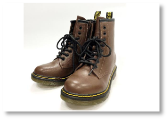
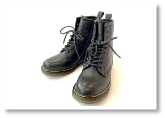
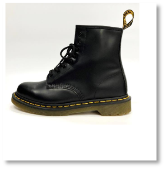

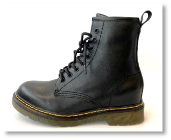
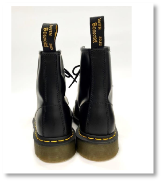
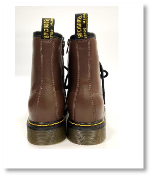
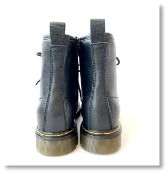
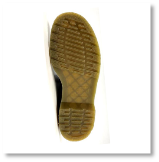
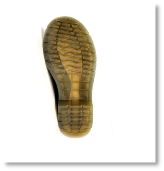
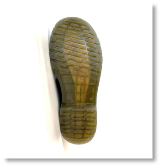
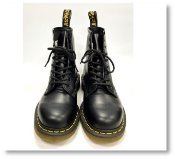
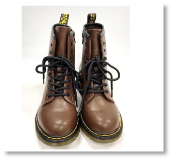
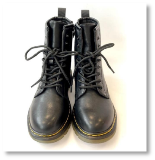
1. Concerning whether the form of the Appellee’s goods falls under the category of well-known indication of goods, etc.
(1) Concerning “Special Distinctiveness”
(2) Concerning “Well-known”
2. Concerning Similarity of the form of the Appellee’s Goods and Appellant’s Goods 1 and 2
In determining whether or not the forms of the Appellee’s goods are similar to those of Appellant’s goods 1 and 2, a comprehensive judgment, while placing the greatest emphasis on form (a), which is the most distinctive feature of the form of the appellant’s goods, should be made taking into account the other forms.
Since the Appellant’s goods 1 has all the characteristics of the above forms (a) through (h), which are the form of the Appellee’s goods, they are considered dead copies of the Appellee’s goods, and thus differences in details do not have an effect on the determination of similarity. Therefore, it is clear that the forms of both goods are similar.
On the other hand, the Appellant’s goods 2 has, with the exception of form (c), all the features of forms (a), (b), (d) through (h) of the Appellee’s goods including form (a), which is the most distinctive feature of the Appellee’s goods. With regard to form (c), the basic form of the heel loop is common, and although the presence or absence of embroidery on the heel loops differs and the length of the heel loops is different, when considered in totality, the difference is such that consumers recognize the difference as that of design of details of different model numbers of the same series of goods, and thus both forms are similar.
3. Concerning whether Appellant’s Goods 1 and 2 are confusingly similar to the Appellee’s Goods.
In light of the well-known nature of indications of goods or business pertaining to the form of the Appellee’s goods and the similarity between the form of the Appellee’s goods and the form of the Appellant’s goods 1 and 2, the Appellant’s goods 1 and 2, when sold by the Appellant, are deemed to cause misidentification and confusion with the Appellee’s goods.
1. Concerning whether the form of the Appellee’s goods falls under the category of well-known indications of goods or business
(1) Concerning “Special Distinctiveness”
(2) Concerning “Well-known”
2. Concerning Similarity of the form of the Appellee’s Goods and Appellant’s Goods 1 and 2
In Summary 2 of the judgment applied, it is understood that the method of overall observation under the actual situation of business in judging the similarity of product, etc. indications (e.g., the Supreme Court Case, May 29, 1984 [American Football Case]) was applied in judging the similarity of product forms as well-known product, etc. indications in this case.
3. Concerning applicability of Appellant’s goods 1 and 2 to create confusion.
In Summary 3 of the judgment, it is understood that the court affirmed the applicability of Appellant’s goods 1 and 2 to create confusion in line with a court case in which the court ruled that whether or not the act is an “act creating confusion” under Article 2, Paragraph 2, Item 1 of the Unfair Competition Prevention Act should be judged comprehensively based on the degree of attention normally paid by traders and consumers of the defendant’s goods in light of the degree of public awareness, fame, and originality of the plaintiff’s indication, the degree of similarity between the plaintiff’s indication and the defendant’s indication, the degree of relevance of the plaintiff’s goods and the defendant’s goods, and the similarity for traders and consumers, and so on (Tokyo District Court, July 2, 2004 [La VOGUE Minami Aoyama Case]).
【Keywords】Form of Goods, Special Distinctiveness, Well-known, Applicability to Well-known Indications of Goods, Similarity in Goods Form, Applicability to Create Confusion, “Dr. Martens”
※ The contents of this article are intended to convey general information only and not to provide any legal advice.
Kei IIDA (Writer)
Attorney at Law & Patent Attorney (Daini Tokyo Bar Association)
Contact information for inquiries: k_iida☆nakapat.gr.jp (Please replace ☆ with @.)